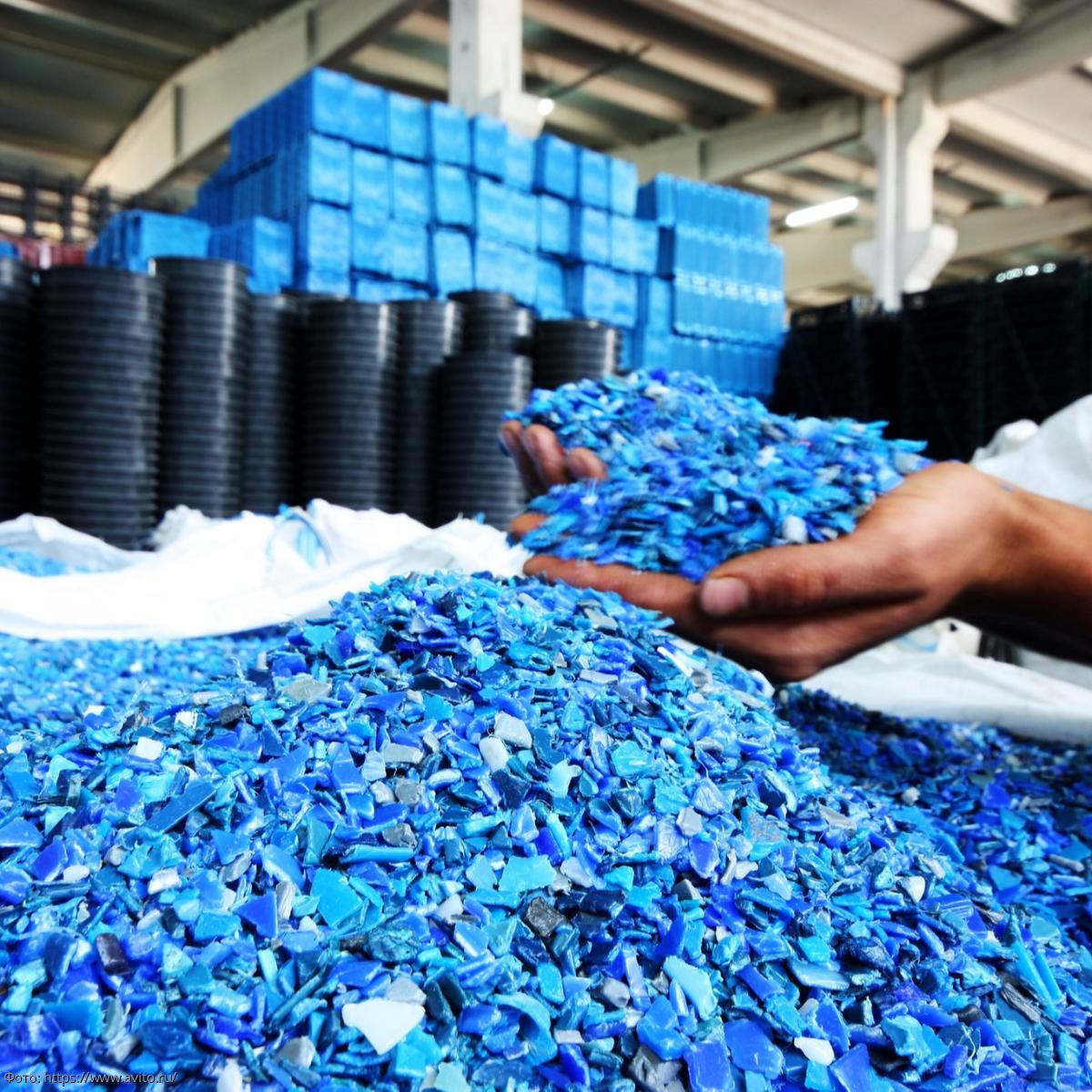Aluminum Fluoride: A valuable compound for industrial and health applications

Aluminum fluoride (AlF3) is an inorganic compound consisting of aluminum and fluorine. It is a white crystalline solid that is odorless and non-flammable. AlF3 has a wide variety of industrial uses due to its unique properties. It is also being studied for potential health benefits. In this article, we will explore the many applications of this versatile compound from manufacturing to oral care.
Chemical Properties
Aluminum fluoride has a chemical formula of AlF3. Its molar mass is 83.98 g/mol and it has a melting point of 1292°C. Chemically, aluminum fluoride is considered an amphoteric oxide, meaning it can react as both an acid and a base. When combined with water, it forms both acidic and basic solutions depending on the amount of water present. This amphoterism gives AlF3 important uses as a pH buffer and in other chemical reactions.
At the molecular level, aluminum fluoride has an aluminum cation (Al3+) that is surrounded by six fluoride anions in an octahedral configuration. The aluminum-fluorine bonds give AlF3 high thermal and chemical stability due to the electronegativity of fluorine. This stability allows aluminum fluoride to withstand harsh industrial processes and environments.
Industrial Applications
One of the largest uses of aluminum fluoride is in the aluminum industry. During the electrolytic production of aluminum metal, AlF3 is added to molten cryolite (Na3AlF6) in the Hall–Héroult process. AlF3 lowers the melting point of cryolite and increases its electrical conductivity. This helps facilitate the electrolysis that extracts aluminum from alumina (Al2O3). Without AlF3, the electrolytic process would be much less efficient and energy intensive.
Aluminum fluoride also finds applications as a flux for welding, brazing and soldering. It is used to remove oxides and other impurities from metal surfaces before joining. The low melting inorganic salts formed by AlF3 facilitate flow of the filler material into joints. Some common aluminum fluoride-based fluxes include Al/F, Al/Cl/F and OA-25.
Ceramic and glass manufacturers utilize AlF3 for its optical and electrical properties. Very small additions of AlF3 can significantly increase the dielectric constant and resistivity of ceramic capacitors. It is also used as an opacifier in glass and glazes, giving a white appearance. In the semiconductor industry, AlF3 thin films serve as corrosion-resistant coatings and gate dielectrics for transistors.
Potential Health Benefits
The field of dental care has shown interest in aluminum fluoride due to some promising early evidence of its effects on tooth enamel. When applied topically, AlF3 may help remineralize enamel, filling in small cracks and pores left by acid attacks from plaque bacteria. This can help strengthen teeth and reduce cavities. More research is still needed, but some studies have found aluminum fluoride gels and rinses to be nearly as effective as sodium fluoride at preventing tooth decay. They offer an alternative for patients allergic or sensitive to other fluoride compounds.
AlF3 is also being evaluated for possible anticancer properties. In vitro studies found it displayed cytotoxic effects on several tumor cell lines, including brain cancer and oral tumor cells. The proposed anticancer mechanism involves aluminum ions disrupting cellular metabolism and DNA replication. Further animal and clinical testing will be required before aluminum fluoride can be definitively proven to help treat or prevent cancer in humans. Still, its early potential has scientists excited to learn more about this compound.
Environmental and Safety Considerations
When properly handled and used, aluminum fluoride generally presents low risks to human health and the environment. Low acute toxicity is reported in animal studies, with an oral LD50 in rats of about 250 mg/kg. Symptoms of mild overexposure can include irritation to eyes and respiratory system. Proper ventilation and use of personal protective equipment is advised when working with AlF3 powders or dusts.
Main disposal concerns stem from aluminum fluoride combining with water to potentially change soil pH levels. It should not be released untreated into waterways. As an inorganic compound, AlF3 is non-biodegradable and can accumulate in the environment if large amounts are improperly disposed. Its toxicity to aquatic life is generally considered moderate. Many industry sectors have waste treatment systems in place to neutralize or solidify AlF3 before disposal. Overall, risks from aluminum fluoride can be effectively managed with standard safety practices.
With such a wide array of applications from aluminum production to dentistry, aluminum fluoride is a remarkably useful chemical compound. Its thermal stability, amphoteric properties and ability to facilitate reactions has led to important roles in metallurgy, glass processing and more. Continued research may also yield new benefits of AlF3 towards dental health and even cancer prevention. By gaining a better understanding of its chemistry and effects, both industry and healthcare stand to optimize utilization of this multitalented fluorine compound in years to come.
Get more insights on this topic :
https://www.dailyprbulletin.com/aluminum-fluoride-properties-applications-and-health-considerations/
- Art
- Causes
- Crafts
- Dance
- Drinks
- Film
- Fitness
- Food
- Spellen
- Gardening
- Health
- Home
- Literature
- Music
- Networking
- Other
- Party
- Religion
- Shopping
- Sports
- Theater
- Wellness
- IT, Cloud, Software and Technology


